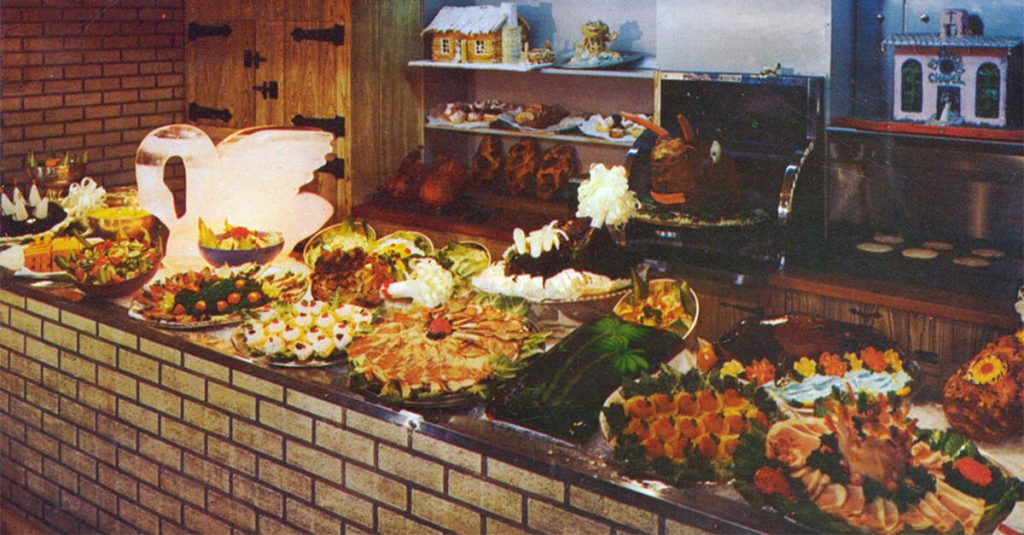Eating together is a tradition often overlooked and something that goes back when early humans still lived in caves. Archaeological finds in the caves of Tel Aviv show that meals were prepared and shared among a tribal group. Even the Bible mentions Jesus breaking bread to establish a covenant with his disciples.
This tradition has evolved so much and has become a part of life for many societies. Whatever side of the world you’re in, whether you’re in Aria Buffet or Wicked Spoon Buffet, communal eating will always be present. But what does it look like outside of establishments?
1. China
Individuals who live near the banks of Yangtze River in China catch fish to celebrate the Chinese Lunar New Year. This has been done for more than a thousand years, evolving together with the Chinese society.
Food in Chinese culture has importance, and is a reflection of their rich history. The diets of Chinese vary from region to region, with seafood in the southern parts and grain-based diets in the north. Chinese cuisine also focuses on food therapy.
Like most Eastern Countries, the act of eating together is so important that they ascribed meaning to the shapes of tables. Tables are round to signify unity among family and relatives, and dishes are at the center of the table so everyone has access to it. All food containers are usually round to follow the theme – circular bowls, circular plates, and circular dishes.
2. India
It was the most spiritual country in the world in 2017, and was topped by Canada the following year. India’s cuisine is as rich as the number of spices present in their dishes. The culture surrounding food in India varies by region but they share something in common.
In India, eating with washed hands is the norm. The Hindus believe that eating food is a sensory experience – food is meant to be appreciated by touch, smell, sight, and taste. Indians are also particular about hygiene during communal eating despite the absence of cutlery.
Cooks can never use the same utensils for tasting and stirring food. It’s also polite and hygienic to avoid touching food that is meant to be shared among a group. To avoid this, a person is assigned to serve food to the rest, with the server refraining from eating.
This individual is also tasked with overseeing others if they need extra portions, making the role a caretaker of sorts.
3. Greenland
The Inuits of Greenland have a tight-knit community. Food sharing was necessary for the whole group. When an individual catches food, he (or she) shares this with the community. Younger people who were actively hunting usually shared it to elders and the young as a sign of respect.
In the Inuit community, sharing food with another individual meant a lifelong bond. Food and tools used for hunting and gathering were considered communal property. The Inuit believe that nobody owns anything and that everything should be shared, especially food.
There are several other countries which regard food as a function of society – the Greeks, Italians, and even ancient Romans used food and gathering for various purposes.
